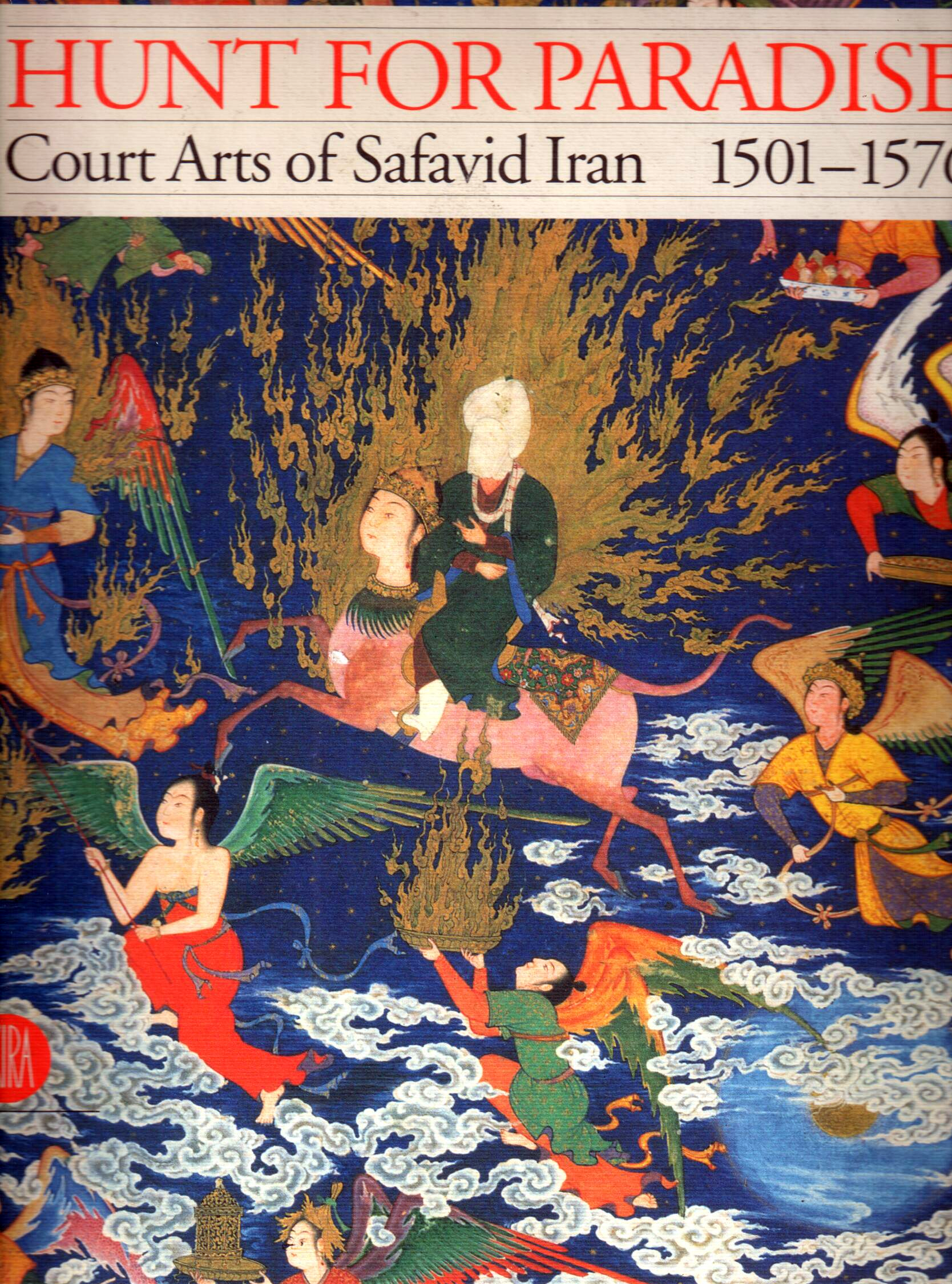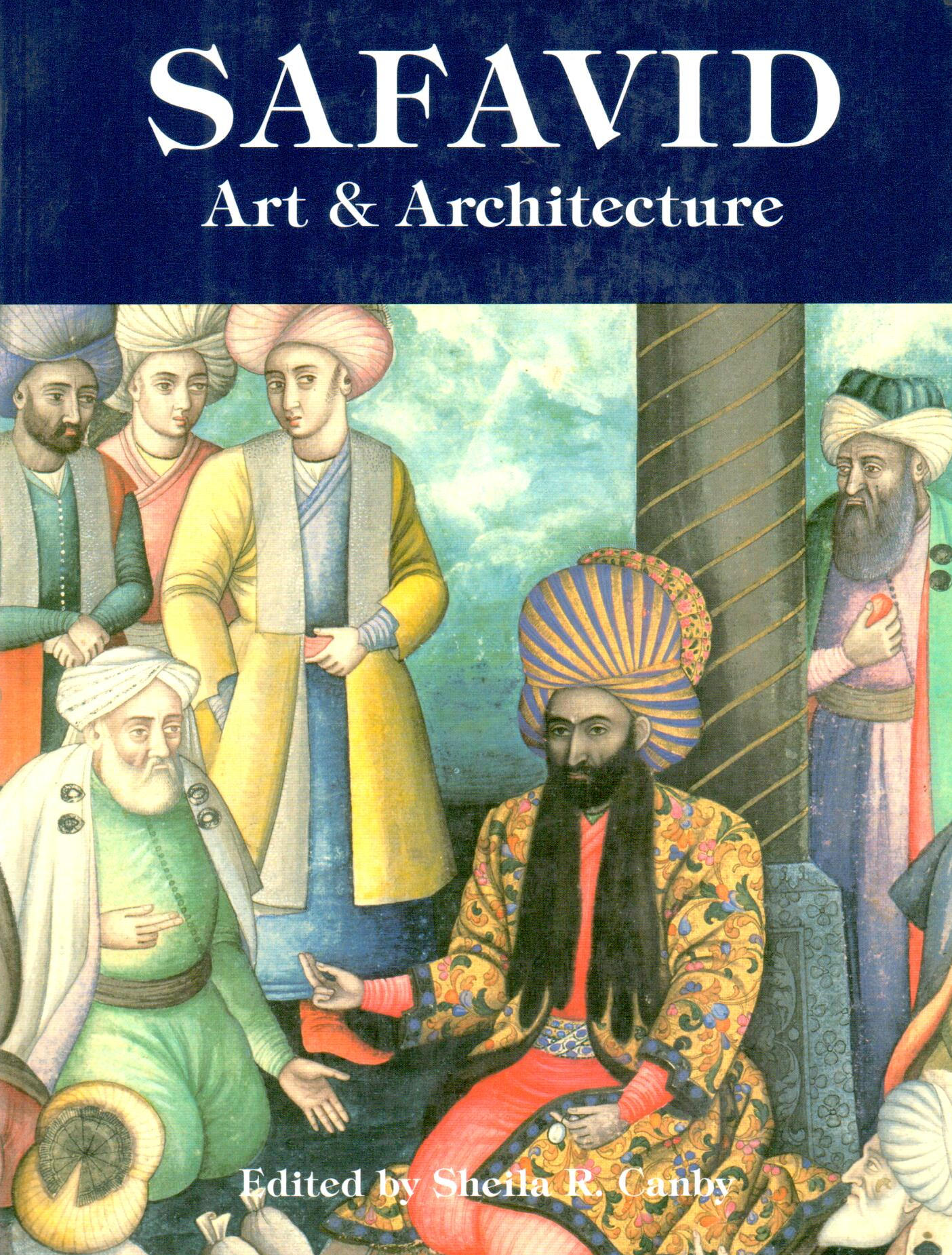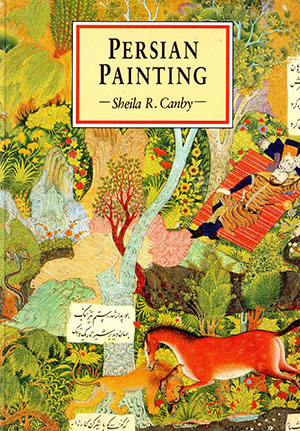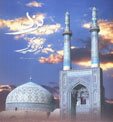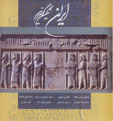Hunt for Paradise: Court Arts of Safavid Iran 1501-1576: Engelska 2003
Hunt for Paradise: Court Arts of Safavid Iran 1501-1576
64,68 £
Dela
Wishlist
A rare look at the Golden Age of the arts in Iran. The first two shahs of the Safavid dynasty, the charismatic IsmaYil and his son Tahmasp, promoted a cultural flowering of extraordinary brilliance. Bringing together for the first time exquisite carpets and textiles, ceramics, stunning metalwork and illuminated manuscripts and bindings, the exhibition explores the complex interaction of royal patronage and religious faith that inspired this remarkable period of artistic creativity.
The Safavid Dynasty
In the late 13th century, Shaykh Safi al-Din Ishaq founded a Sufi order at Ardabil in Azarbaijan, where he attracted followers among the nomads of Eastern Anatolia and Azarbaijan. From the 14th to the mid-15th century, the Ardabil Shrine continued to attract Sufis and increase in wealth and fame. The shaykhs of Ardabil were Sunni Muslims until the mid-15th century, when they espoused ShiXism. By that time, the Shaykh SafiYs successors had become increasingly militant and their armies had come to wield significant power in the region. The Safavid family intermarried with the Aq Qoyunlu Turkmen dynasty of Tabriz, which controlled most of western Iran during the last quarter of the
more
A rare look at the Golden Age of the arts in Iran. The first two shahs of the Safavid dynasty, the charismatic IsmaYil and his son Tahmasp, promoted a cultural flowering of extraordinary brilliance. Bringing together for the first time exquisite carpets and textiles, ceramics, stunning metalwork and illuminated manuscripts and bindings, the exhibition explores the complex interaction of royal patronage and religious faith that inspired this remarkable period of artistic creativity.
The Safavid Dynasty
In the late 13th century, Shaykh Safi al-Din Ishaq founded a Sufi order at Ardabil in Azarbaijan, where he attracted followers among the nomads of Eastern Anatolia and Azarbaijan. From the 14th to the mid-15th century, the Ardabil Shrine continued to attract Sufis and increase in wealth and fame. The shaykhs of Ardabil were Sunni Muslims until the mid-15th century, when they espoused ShiXism. By that time, the Shaykh SafiYs successors had become increasingly militant and their armies had come to wield significant power in the region. The Safavid family intermarried with the Aq Qoyunlu Turkmen dynasty of Tabriz, which controlled most of western Iran during the last quarter of the
more

